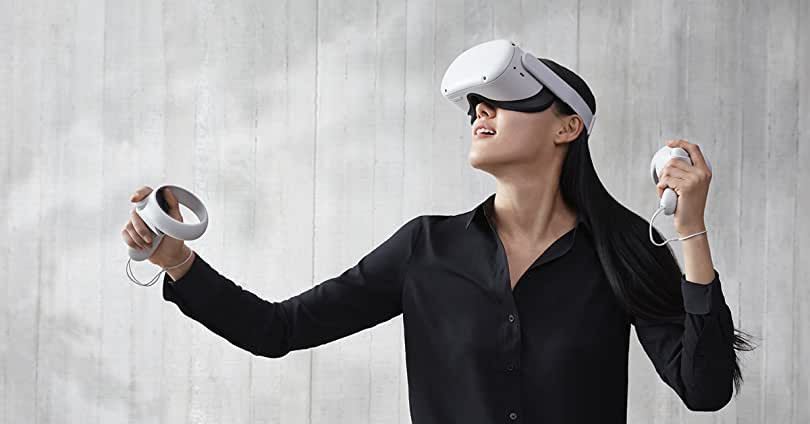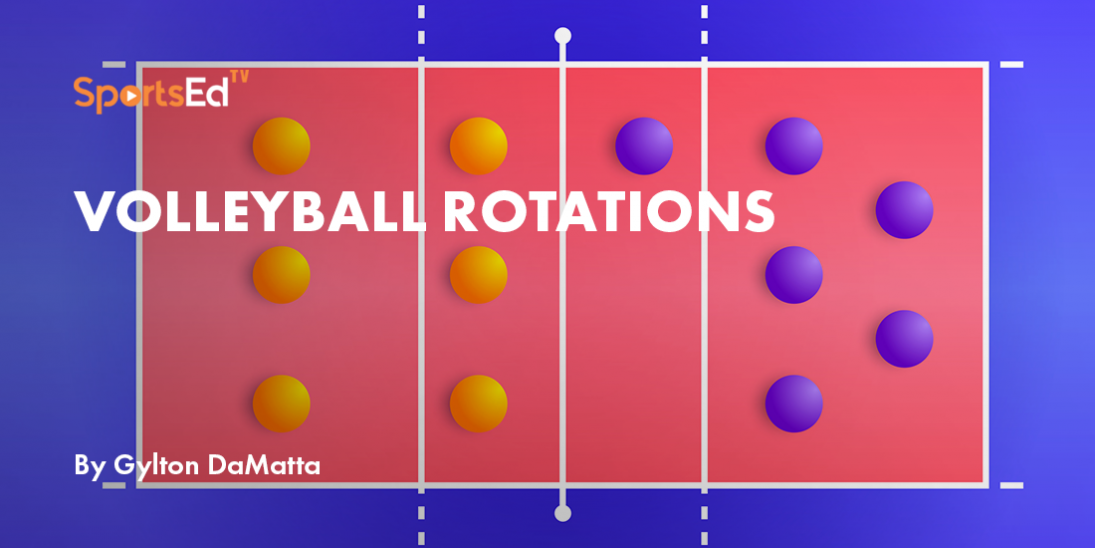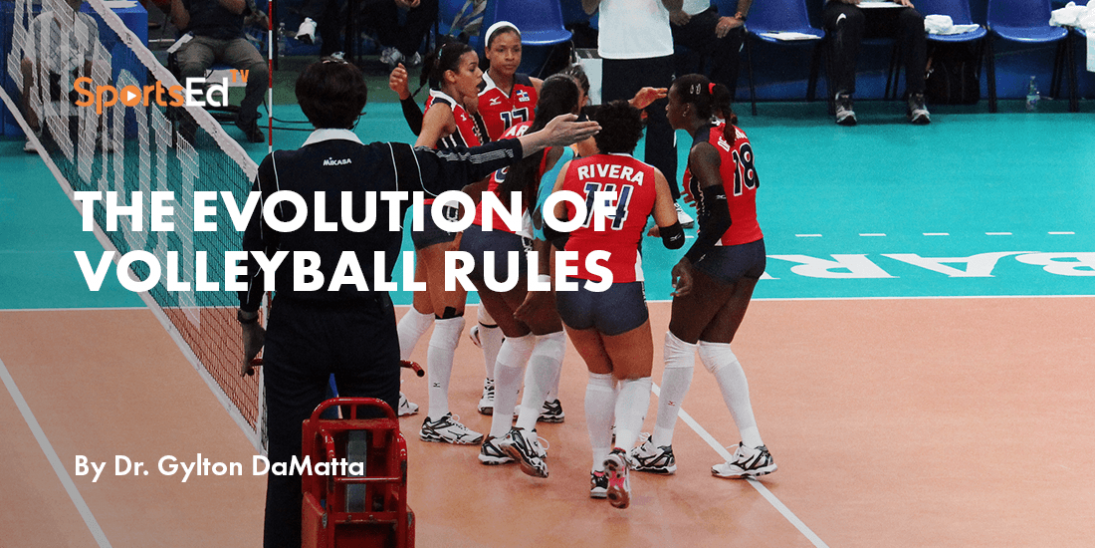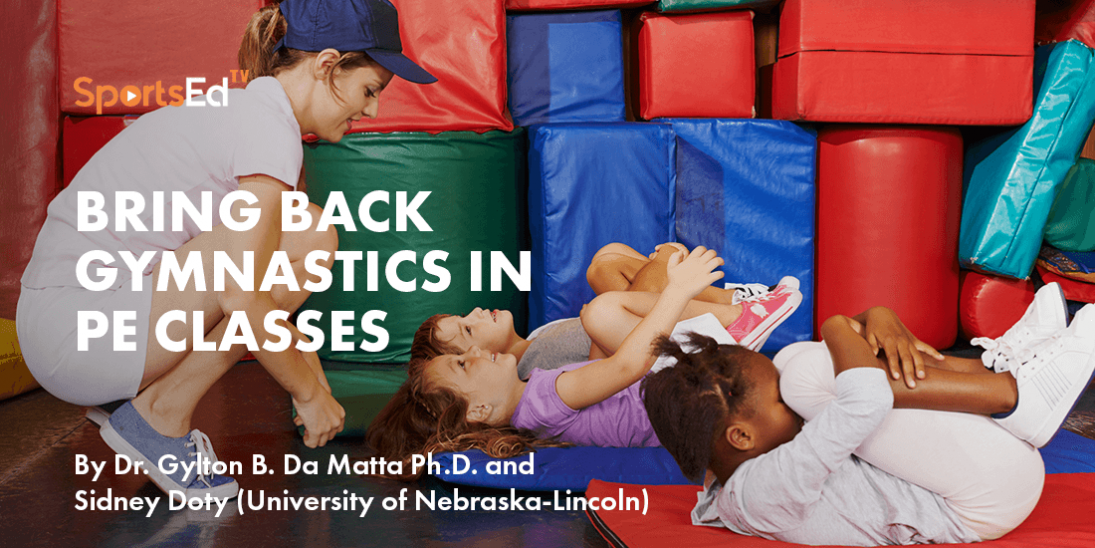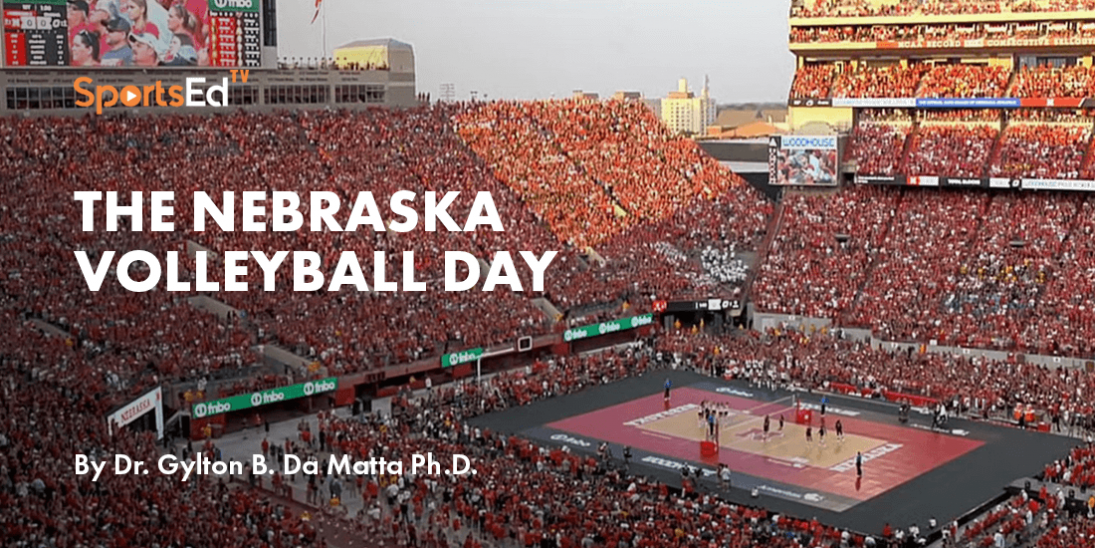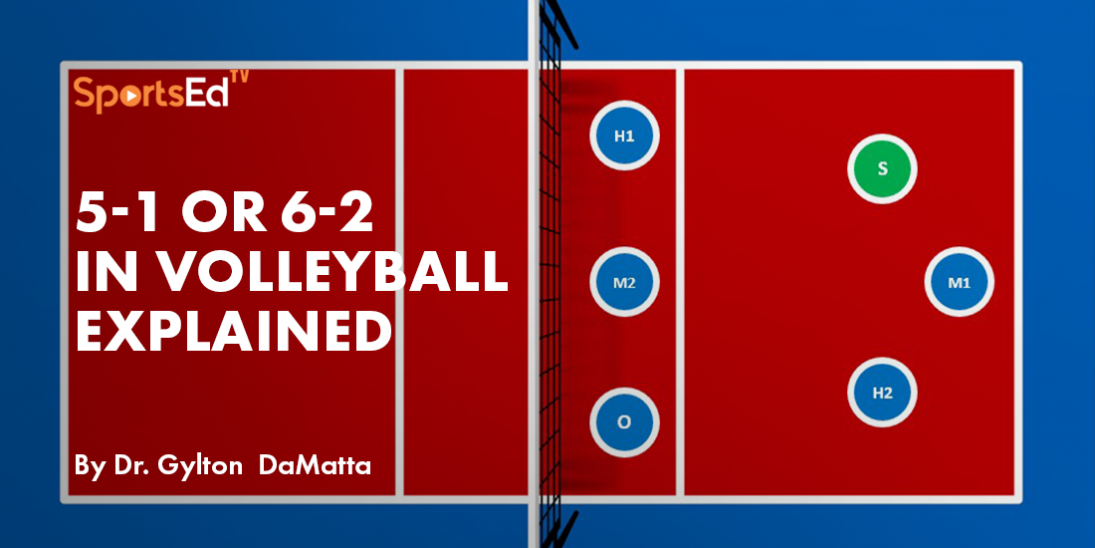Technology, Volleyball
Welcome and thanks for visiting...

How to Apply Virtual Reality to Volleyball
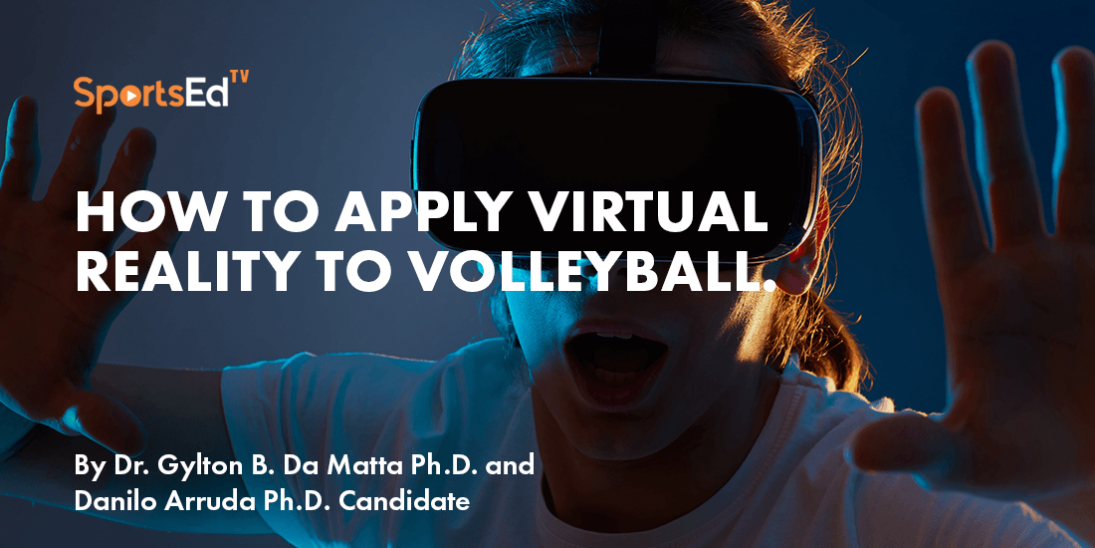
Virtual reality (VR) is transforming the world of sports by providing new and exciting ways to train, play, and experience athletic events. With VR technology, athletes can simulate game-like situations and improve their skills, while fans can immerse themselves in live events from the comfort of their own homes. In this blog, we will explore the ways that VR is potentially going to change the landscape of sports by enhancing training and performance. Whether you're a seasoned athlete or just a fan of sports, this blog is sure to be an eye-opening journey into the exciting world of virtual reality for volleyball.
What is Virtual Reality?
Virtual reality (VR) is a computer-generated simulation of a three-dimensional environment that can be interacted with in a seemingly real or physical way by a person using special electronic equipment, such as a headset with a screen or screens in front of the eyes. In VR, the user is transported to a virtual world and can engage with digital objects and environments as if they were real. This technology is often used for gaming, entertainment, and training purposes, but it also has applications in areas such as education, medicine, sports, and therapy.
Virtual Reality in sports?
Technology has become an integral part of sports. Use of computers as well as a variety of other mobile devices has been extensively used to train, monitor, and assess motor skills. Virtual reality (VR) is one of these technologies.
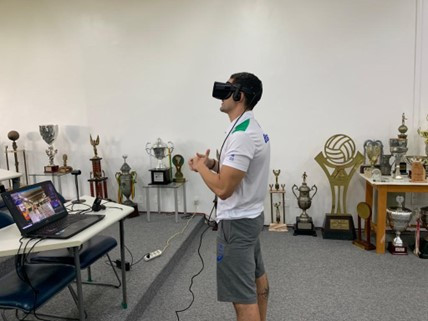
Probably the majority of people have heard about virtual reality recently as a result of the news about the metaverse. Check it out, please! Nonetheless, VR has been around for several decades and has been used in a wide range of applications, including engineering, education, healthcare, real estate, retail, the military, video games, live events, and video entertainment. A virtual reality system refers to a technology that allows users to experience virtual environments as if they were real. Enabling them to interact with that environment naturally.
The most accessible way to experience VR is through the use of a head-mounted display (HMD). HMDs are headsets that incorporate motion sensors and display devices that fill part or most of the user's visual field, providing a first-person view perspective with a sense of natural "presence" in virtual environments. It is possible, for example, to be on a virtual street where one can look at, walk around, and interact with virtual objects.
Potential benefits of VR to improve volleyball skills
Ultimately, the question is how this technology can be applied to volleyball training. Firstly, we want to clarify one thing: nothing is better than real volleyball practices and matches to improve volleyball. This is undebatable, and tons of scientific evidence supports it. As a result, the purpose of this article is to explore whether virtual reality can be used to facilitate volleyball training, enhance tactics understanding, facilitate coaching education, and increase players' ability to make decisions in real-life situations.
A disadvantage of virtual reality systems is that they are unable to provide haptic feedback. While some technology is being developed to simulate touch and other sensations, these are far from what we naturally experience when touching, grasping, and interacting with real objects. However, VR can be a very powerful tool for developing skills that are largely dependent on the perception of visual information. Vision contributes to a high feedback rate for players and coaches. This is good news because volleyball and other team sports heavily rely on visual perception. The majority of the time, a volleyball player does not touch the ball but rather constantly picks up visual information from the environment to be at the right place and time to carry out the next action. Several coaches, including myself, believe that reading is one of the most important volleyball skills, and VR can certainly help in developing those skills.
As an example, we can think about tactical training in VR, which is easily implemented. Imagine yourself wearing a VR headset positioned on a volleyball court with other virtual players. Then, a game situation would begin. For instance, your teammate goes for serve. In this situation, you are playing on the right side of the front row, and your objective is to move following the game's events. Such as that, if the opponent's setter sets to the left side, you should stay on the net and block, but if the setter sets to the right side, you should back up and play defense. In the VR application, you would receive feedback accordingly, as well as a scoring system would be implemented (e.g., earning points each time you got it right). The example will not replace real training; this has never been the case, but it will likely assist when you are practicing the situations in real volleyball because the visual information is similar. We can see this technology being used by athletes at their homes to get some extra practice on the things they are working on that week (e.g., the tactical situation described above). Especially because VR headsets are becoming very accessible; nowadays, it is possible to buy a VR headset for $300.
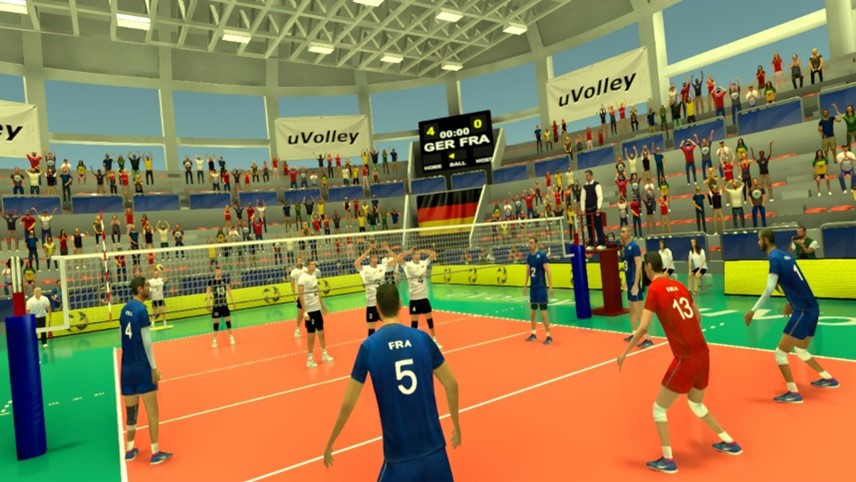 (uVolley – google images)
(uVolley – google images)
We are currently working on a VR application that will assist volleyball players in determining the appropriate technique to use for passing serves (underhand or overhead). To perform passes, players should gather information about the ball and the environment, including the height and velocity of the serve, as well as their position on the court. Since these factors are visually available, we can use virtual reality to precisely manipulate them and investigate what factors are relevant to the players when deciding on a passing technique.
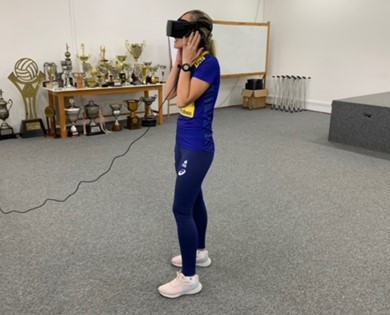
Recent research on the elite's cognitive and expert tactical knowledge resulted in a successful Ph.D. dissertation in Belgium.
The results revealed that expert coaches were able to verbalize a significant amount of tactical knowledge information. Moreover, participants demonstrated ease during the data collection process.
In 2022, we spent more than five weeks at the Center of Volleyball Development in Brazil, collecting data with more than 14 elite coaches about the use, applications, perspectives, and possibilities of virtual reality in teaching, coaching, practices, and game analysis of volleyball. We will soon analyze the data and write conclusive reports about it.
Understandably, many scholars criticize the use of technology in sports or exercise. However, as technology evolves and becomes more accessible, there are new possibilities for player development, coaching education, and referee instruction that should be considered. For instance, although much research remains to be done to fully understand the potential benefits of such technologies, from a perceptual-motor control perspective, VR is much more effective than many drills out there. Consider those non-specific "reaction-time" drills, such as tapping an object as soon as its light goes on (aka reaction lights). This type of information (a light going on) is completely out of the context of volleyball and likely ineffective. In volleyball, players must respond quickly to context-specific situations, not to a non-related task, such as taping flashing lights.
The beauty of virtual reality is that it is capable of accurately resembling visual information, increasing the chances of positive transfer to real volleyball. The authors believe that there are relevant breakthroughs in this area of virtual reality, perception, and decision-making in volleyball for both beginners as well as elite players. Recent literature suggests that the adoption of virtual reality will be a key to enhancing the emotional experience and building confidence among volleyball players. The authors also foresee the adoption of virtual reality for teaching volleyball to youth in k-12 volleyball instruction and youth volleyball clubs across the world.
We want to acknowledge the recent work of Dr. Gilles Lombard, who recently wrote his thesis on comparative novice and expert coaches' feedback analyzing real court situations. Dr. Gilles is a collaborator and a friend whom I invited to collect his data with the top volleyball coaches of Brazil while I was documenting the elite preparation for the Paris Olympics in 2024. The breakthrough findings from Dr. Lombard (Associate Professor at Liege University and a SportsEdTV contributor) demonstrate the many possibilities and applications of virtual reality and mixed reality technologies in Physical Education Teacher Education and Coaching Education programs, anywhere and in any language.
We look forward to investigating such possibilities, considering we now have better access to this technology.



